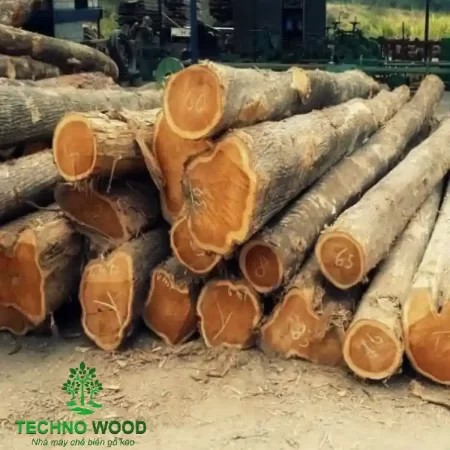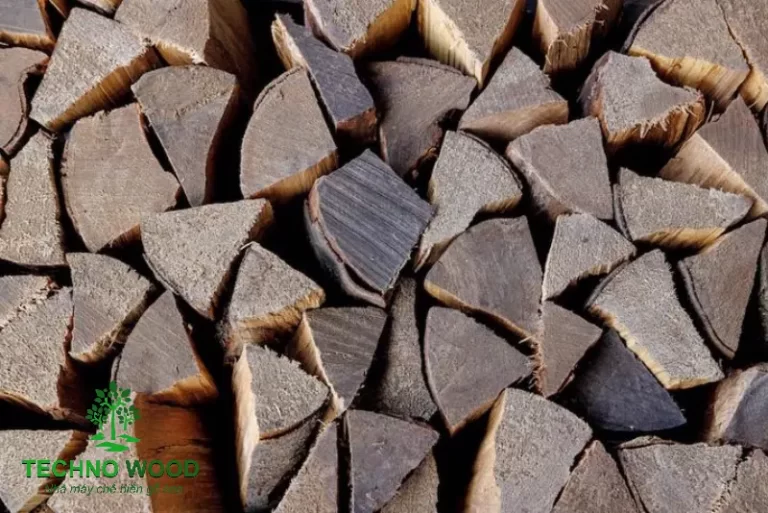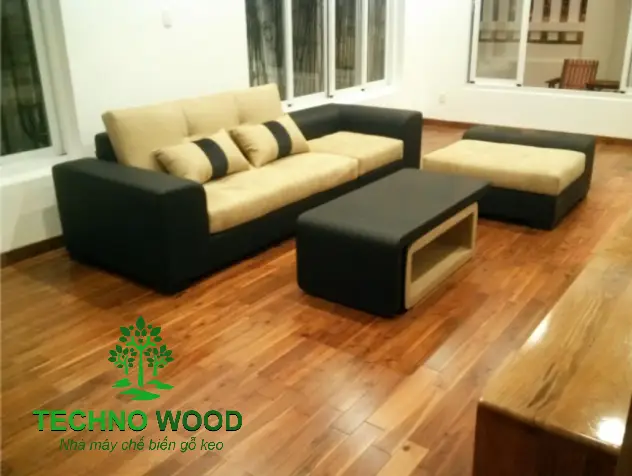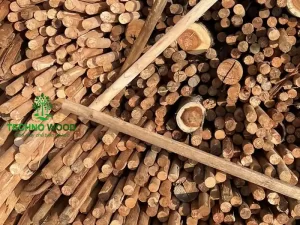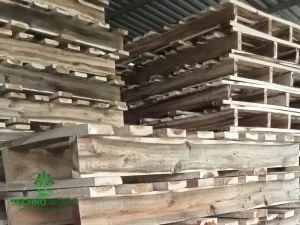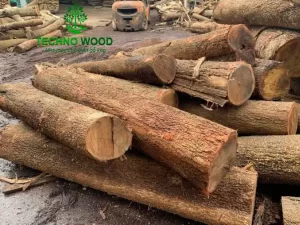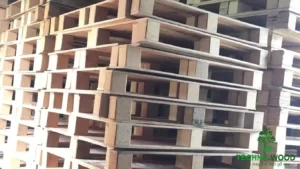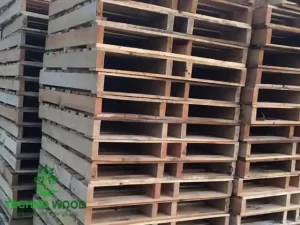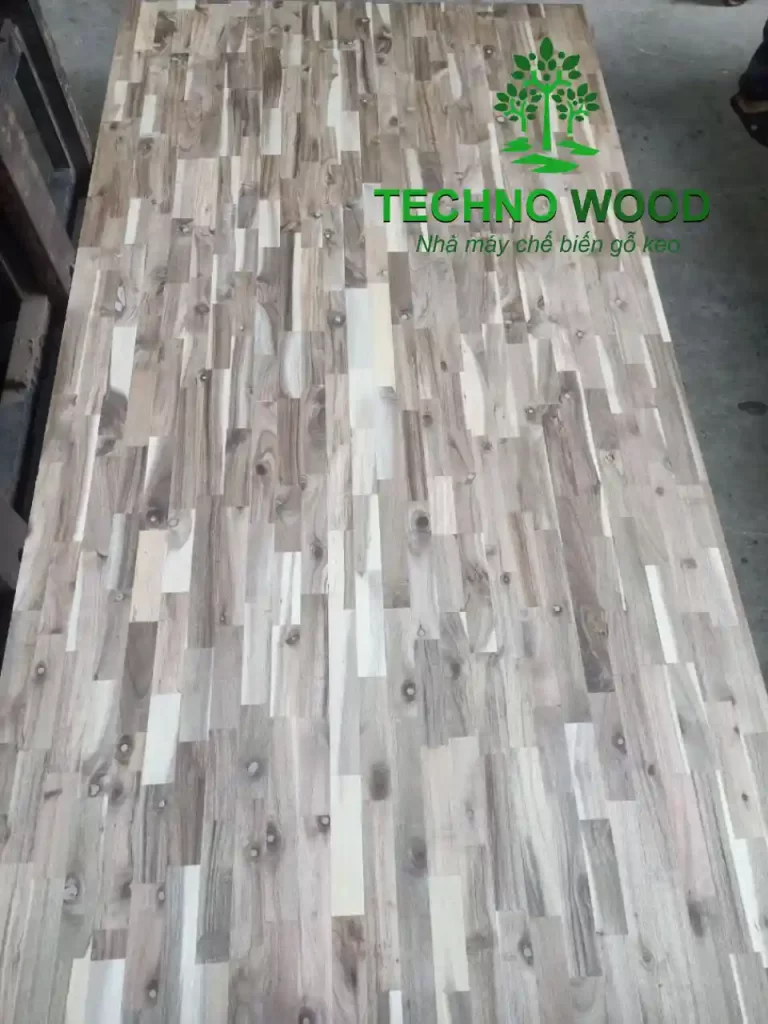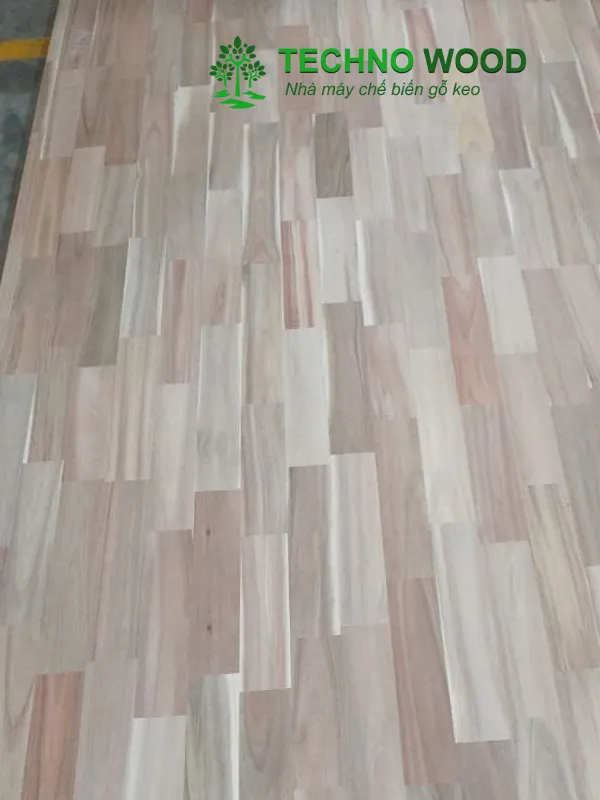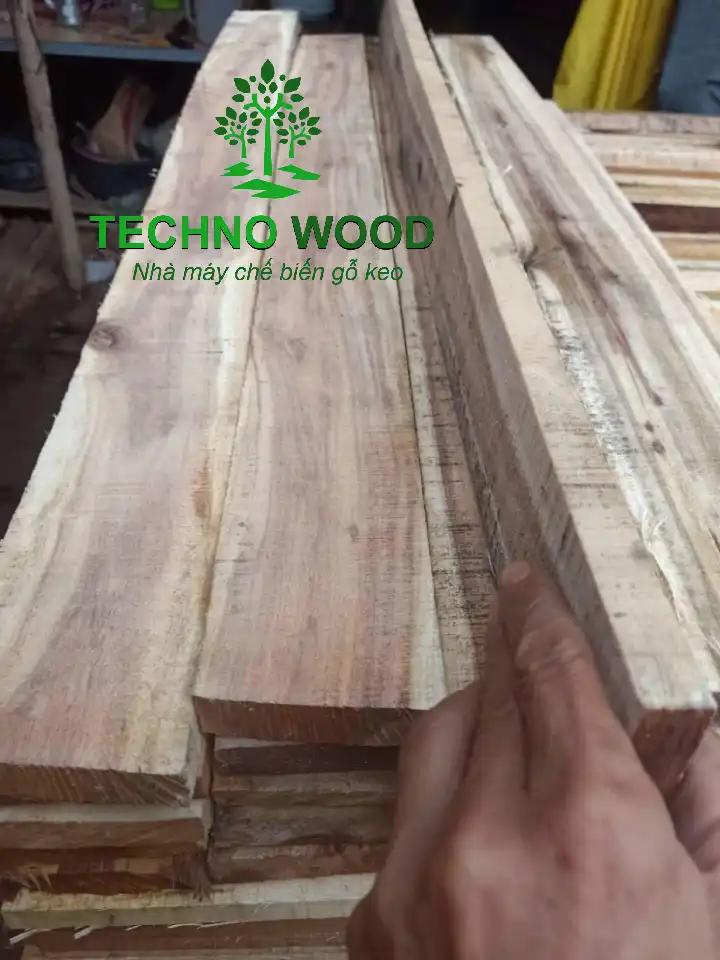Acacia wood is one of the vital and essential rich resources in Vietnam. So what exactly is Acacia? This article will clarify all about it, including its characteristics, roles, uses, and habitat. Let’s explore together with Techno Wood !
1. Introducing
Acacia wood, commonly referred to by its scientific name to denote a range of timber species within the Fabaceae family, is a crucial resource in Vietnam. Among the prevalent types of Acacia wood, Acacia auriculiformis and Acacia mangium play a dominant role in both the forestry and timber industry of the country.
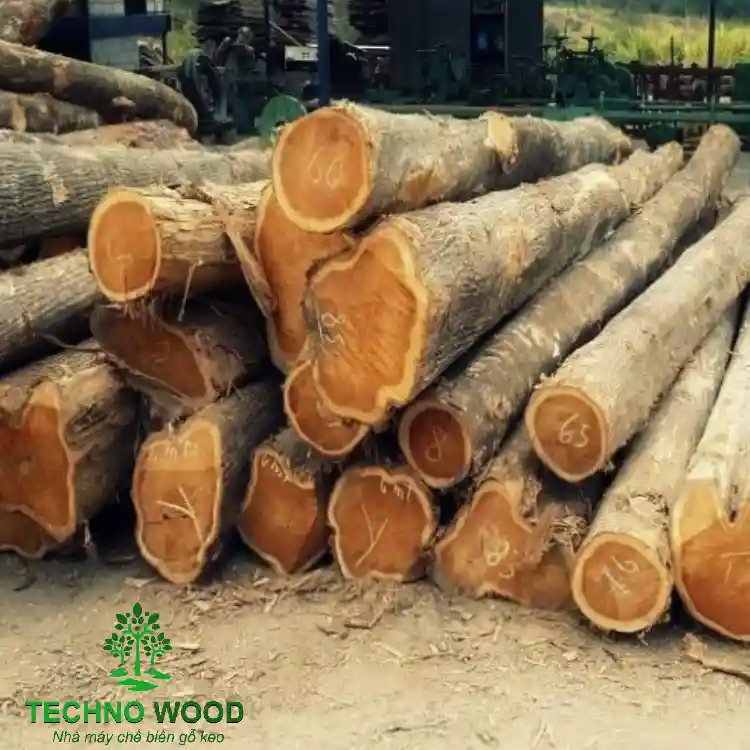
2. Acacia's habitat
Acacia wood is prevalent in many regions of Vietnam, especially in the southern and central provinces. Known for its high durability and adaptability to various soil types, Acacia wood is extensively cultivated in areas with a high demand for timber resources. Keo wood is well-suited to diverse soil conditions, ranging from sandy to clayey soils, with good air permeability.

3. Morphological characteristics and Biological features
Acacia trees typically have dark green bark and are characterized by rapid height growth. With their fast growth capability, they become an ideal choice for reforestation and forestry programs. Acacia wood possesses good hardness and durability, making it a significant raw material for various industries.
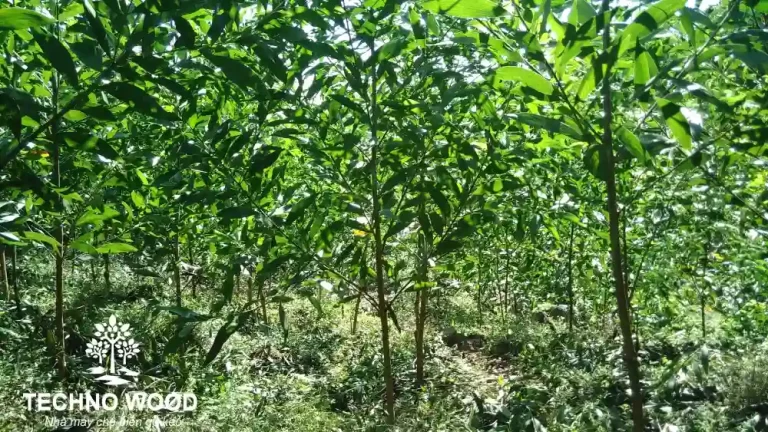
4. Wide applications
Acacia wood is utilized diversely across various sectors. In the woodworking industry, they serve as a primary supply for furniture production, flooring boards, tiles, and numerous other wooden products. Particularly, Acacia wood is often favored for its attractive color and resistance to termites.

5. Economic and Social benefits
Cultivating Acacia trees brings significant economic benefits to farming communities and agricultural workers. The prevalence of Acacia wood also translates to creating numerous job opportunities in sectors such as wood processing and construction. Furthermore, utilizing Acacia wood in production helps alleviate pressure on other natural resource reserves.

6. Management of Acacia wood resources
To ensure the sustainability of the Acacia wood resources, widespread programs for sustainable management and environmental protection are being implemented. This includes measures such as reforestation, control of illegal logging, and promotion of sustainable planting methods.
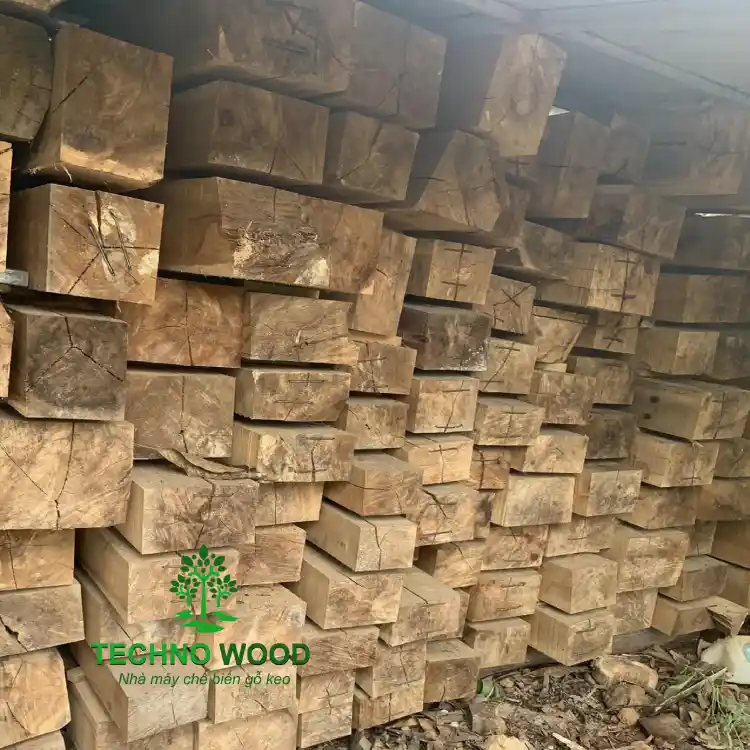
7. Research and Development in Acacia wood
Research related to Acacia wood in Vietnam is becoming increasingly important to enhance the quality and efficiency of utilizing this resource. Research institutions and government agencies are collaborating to develop new solutions and techniques to optimize the use of Acacia wood.

8. Conclusion
Acacia wood plays a vital role in the woodworking industry in Vietnam, delivering both economic and social benefits. However, ensuring sustainability through intelligent management and responsible use of the keo wood resource is crucial. Research and development related to Acacia wood are contributing to the sustainable growth of this sector, while maintaining Vietnam’s position as one of the leading suppliers of Acacia wood globally.


